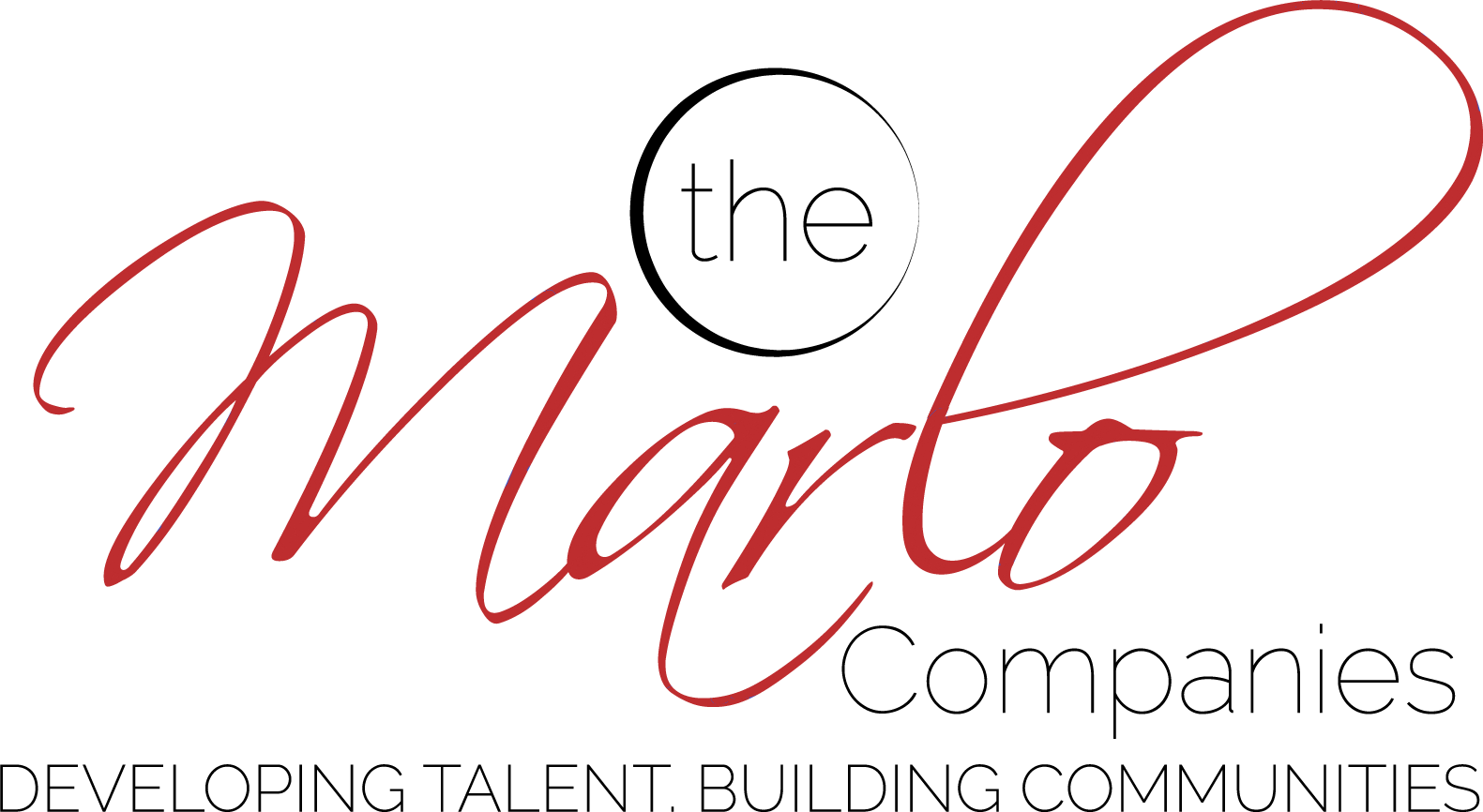
Here’s the truth about unconscious biases: they’re ubiquitous. People make decisions based on them in every aspect of their life. From the place they choose to live, the close circle of friends they have, to intimate relationships and people they work with. But there is more.
Read this article and find out the answer to these two questions: “What exactly is an unconscious bias?” and “How can you combat something that is happening on an unconscious level?”
What Is Unconscious Bias?
Unconscious bias, also called implicit bias, refers to an implicit association, belief, attitude, or stereotype regarding the race, age, or gender of another person or group of individuals. Typically, this bias happens at an unconscious level and can affect how people understand and engage with the rest of the world.
Before going under thorough research, people saw biases as conscious and intentional actions. However, in recent studies neuroscientists refuted that belief. They demonstrated that many biases were formed on a subconscious level. First, during childhood through parental conditioning. And in the second phase, throughout our lives through societal influences.
The Mechanism of Unconscious Bias Explained
We gather millions of data during every experience we have in life. And when our brain processes this information, it categorizes and transforms this data into familiar patterns that later help us make decisions and form thoughts or opinions.
There are many influences on the assessments that we make on people. These influences (gender, age, ethnicity, race, sexual orientation, profession, weight, temperament, beauty standards, etc.) are what form the basis of our relationships with others and the world in general.
There is enough data demonstrating that even if we perceive ourselves as open-minded, we are still susceptible to bias. This is evidenced in how we put aside the achievements of an individual in favor of someone who better fits our preconceived notion of success. And it is this that leads us to the reality that we are all influenced by bias, whether implicit or explicit.
Sometimes these implicit biases can be at odds with our self-image or our values and standards. However, with education, unlearning, and learning (embedded with practice and persuasion), we can combat these unconscious biases. Read on to discover how.
5 Simple Steps to Combating Unconscious Biases
As previously mentioned, we all get caught up in the web of unconscious bias. It is a natural thing. Our brains are wired to protect us. Hence when something alien comes from the outside we tend to form a dome around ourselves that stays well protected by relying upon our “gut feeling”.
However, this same protection mechanism can hurt the people around us. As mentioned before, whether we are conscious of it or not, at some point, we make decisions based on bias. Where we can make an immediate difference is how we respond when we understand our potential blind spots and recognize our biases and triggers.
Below we gathered five simple steps organizations can take to combat unconscious bias:
1. Educate Yourself
In order to change your external environment, you must start with educating yourself. Give yourself permission to be open to different perspectives. Consideration of other perspectives does not mean the perspective has to be your own. Steven Covey says it best; “seek to understand versus seeking to be understood”. Education is an excellent first step! Understanding unconscious biases is the first step to limiting their impact.
There are tremendous resources available: books, articles such as this, virtual and in-person training that will support you in deepening your knowledge and understanding of bias. It will also assist you in your journey to overcoming and combating biases. This is valid at an individual and organizational level.

2. Figure Out Your Own Unconscious Biases
Paying more attention to how you respond to differences is a great way to unveil your biases. Interrogating why you respond or desire to respond will further support you in getting to the root of your biases. This process will bring your biases to a conscious level, thus helping you to become more aware and giving you the opportunity to change your behavior.
Research demonstrates that our brain processes only 40 pieces of information per second and more than 11 million subconsciously. Therefore, to maximize the positive results, there has to be an intentional guard to observe biases consciously.
There are additional supports to help identify your biases, such as taking Harvard’s Implicit Association Test. This free assessment will support people at the individual level in identifying their proclivity towards bias.
3. Increase Bias Awareness In Your Organization
It is important for organizational leaders to demonstrate their commitment to diversity by ensuring adequate resources for the team to learn, become more aware, and unlearn harmful behaviors. There are a variety of small steps that can be taken, such as brown bag chats, lunch and learns, diversity moments, and more to support your staff in understanding bias and their impact on members of the team and the organization.
Training can help your employees understand what implicit biases entail and how to combat them. It is equally important that the training be part of the organization’s DEI strategy versus a simple mandate or “check the box” activity. When possible, it is most beneficial to allow an outside facilitator for this type of activity as it allows all of the members to participate and grow. There are many high-quality trainers and facilitators in addition to TMC.
4. Encourage Your Employees to Speak Up When Noticing Biases
Encourage your employees to speak up if they believe they have witnessed an interaction or decision made as a result of bias. For example, hearing comments regarding a colleague’s ability because of their age versus their skill. “I am sure she cannot perform that job because it requires the use of technology.” Providing guidance for employees on how to safely engage in discussions with their colleagues will increase accountability and decrease assumptions based on biases.
Moreover, admitting out loud that your bias influenced you is an excellent way for leaders to model for their employees, a great demonstration of being human, and it creates a safe environment for individual growth within the organization. There is so much for all of us to learn and taking small steps helps us to get there. Speaking up also helps amplify the need to change.
5. Hire a More Diverse Workforce
It is proven that acknowledging and understanding your biases can minimize the influence on recruiting and hiring processes. The benefits of a diverse workforce are infinite. A diverse workforce brings more perspectives, ideas, and skills to the table that encourage growth and innovation within the organization. Organizations have reported a 19% percent increase in innovation revenue since adopting a more diverse workforce.
Make sure that when hiring new employees you form a diverse group of people responsible for reviewing resumes and interviewing the candidates. Practices as simple as diversifying your hiring committee by level, tenure, and more support your organization in reducing the potential for bias that results from “sameness”.
Bottom Line
Implicit bias in the workplace will negatively affect employees’ experience and over time, will be destructive for the organization. Being proactive, increasing awareness and education, nurturing diversity are a few steps that enable businesses to develop an inclusive environment where employees feel great about coming to work.
Are you ready to challenge your biases?
Contact TMC so that we can support your organization’s journey on mitigating bias and fostering a welcoming and growth-oriented work environment.

